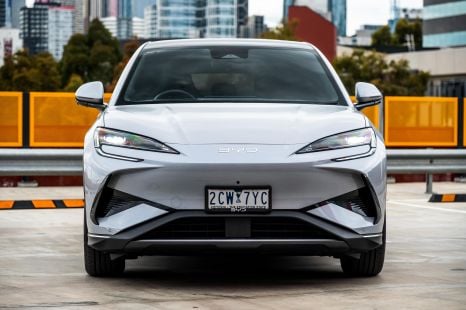

James Wong
2026 BYD Sealion 7 review
4 Hours Ago

Contributor
Morris Garages, or MG, is a famed British carmaker that began operations in the 1920s, and remains best known for its iconic, lightweight sports cars.
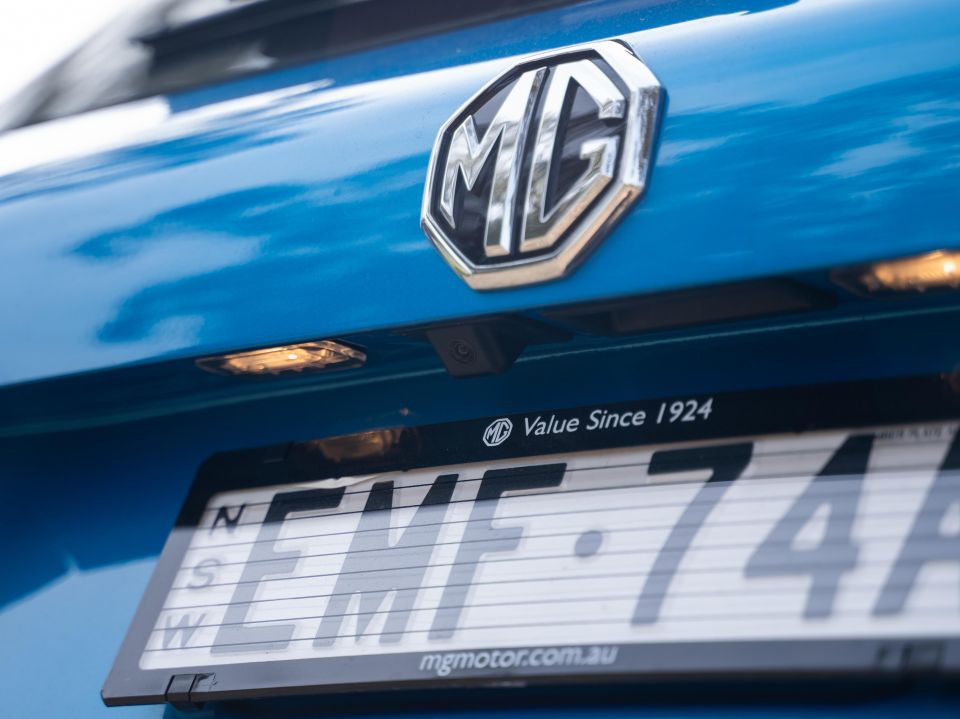
Two individuals were key to launching the MG brand: William Morris and Cecil Kimber.
Morris entered business by making and selling bicycles before World War 1, but soon progressed to the automobile.
His shop, the original ‘Morris Garage’ in Oxford, acted as a sales, servicing, and repair hub for automobiles from a variety of marques. Morris delegated responsibility for the premises to Kimber who, apart from being an excellent salesman, had genuine coach-building and engineering skill.
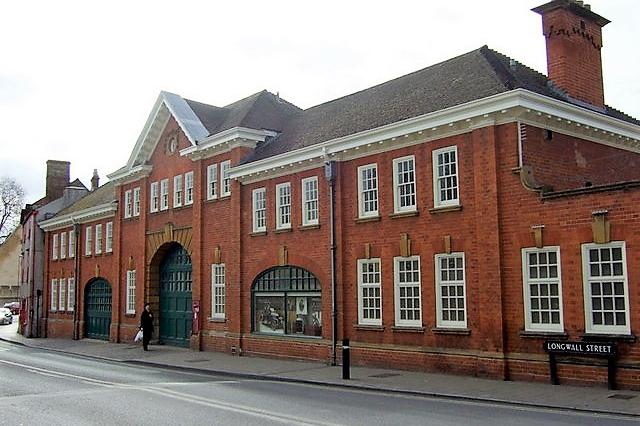
Kimber decided to modify standard Morris cars such as the Cowley and Oxford with different bodywork and more powerful engines. It’s debatable as to which car was officially the first MG-branded vehicle.
Initial models included the race-oriented ‘Old Number One’, and the road-going, Morris Oxford-based 14/28 Super Sports, sold from 1924.
Right from the start these cars had a focus on performance and sportiness, and found popularity and sales success with wealthy young British men. By the end of the decade, MG had moved twice to keep pace with its growth, finally settling in a former leather factory in the nearby town of Abingdon.
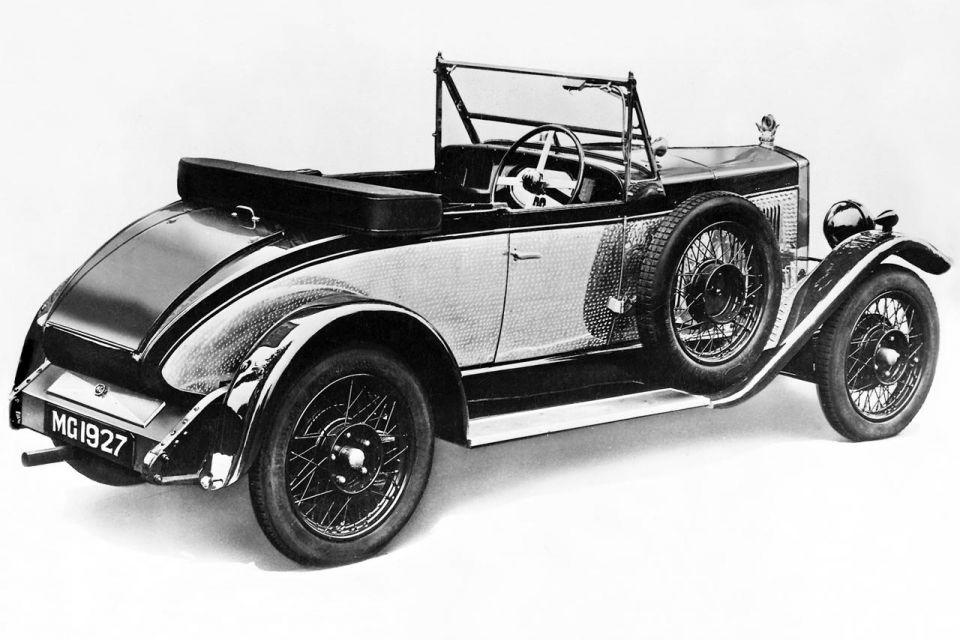
The 1930s saw the MG range expand. A string of famous models built the name, with badges such as the Midget and Magnette remaining household names for car enthusiasts even today.
Morris consolidated his business interests by making MG part of the wider Morris Motors portfolio, setting the stage for MG to become part of the new BMC (British Motor Corporation) arising out of the merger between Morris and Austin in 1952.
BMC and its successor, British Leyland, are often criticised as a low point in the history of several British marques, but it was during the early part of this era MG solidified its reputation for lightweight sports cars with the iconic MGB.
The archetypal two-seat roadster, the MGB, was first introduced in 1963 and sold in various iterations, with progressive updates allowing the car to soldier in various guises until a final production run of the V8-powered RV8 in 1995.
The MGB also spawned a number of derivatives, including the MGC two-door shooting brake style coupé.
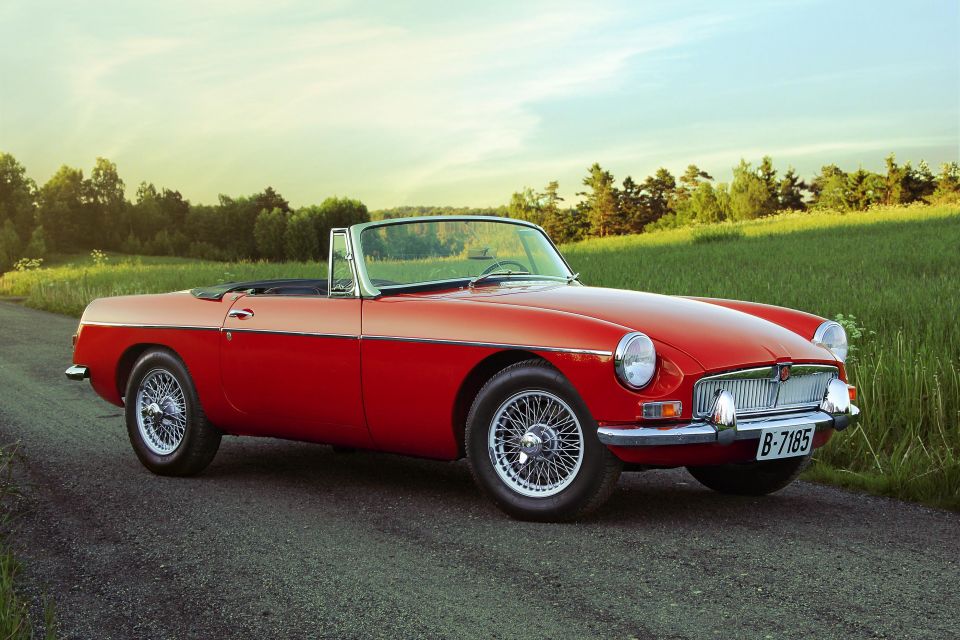
Much of British Leyland had been renamed to the Rover Group, privatised, and sold to aircraft manufacturer British Aerospace in the late 1980s.
British Aerospace in turn sold MG to BMW in 1994. The Germans ploughed cash into their new asset, and MG used BMW funding to successfully launch the MG F roadster the following year – but mounting losses overall saw BMW sell the brand to the Phoenix Consortium in 2000.
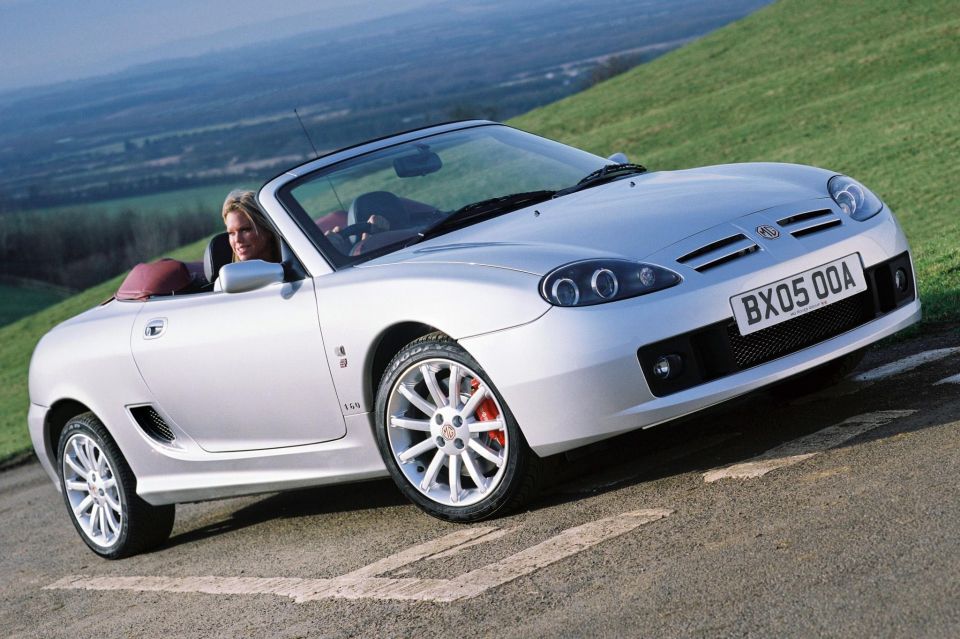
Despite launching an updated MG F (the TF), and models such as the ZT sports sedan and wagon, Phoenix was similarly unable to turn around MG, and sold the company off to Chinese firm Nanjing Automobile Group, which in turn was acquired by state-owned carmaker SAIC (Shanghai Automobile Industry Corporation) in 2007.
With the resources of the Chinese government under its belt, SAIC restarted MG production and set about building an entire portfolio of new cars.
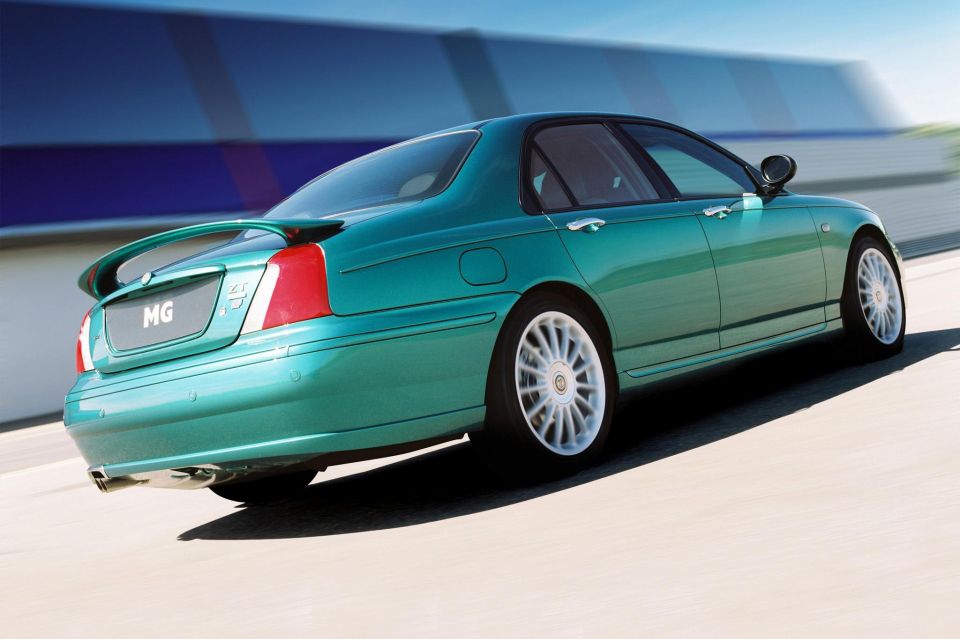
MG is one of the fastest growing car brands in Australia, having overtaken the likes of Honda, BMW, and Mercedes-Benz to sit in 10 place on the sales charts during March and April 2021.
There are several reasons why MG has found this success. Most importantly, the injection of vast amounts of Chinese capital under SAIC ownership has allowed it to rapidly produce a revamped portfolio of cars spanning the light and medium (in the UK) passenger car segments, as well as the small and medium SUV segments.
Whilst these categories are a far cry from the brand’s origins, they remain the most popular vehicle segments around the world today. Having an entrant in each of these spaces is an essential requirement for any carmaker with volume ambitions.

Consensus from automotive publications, including this one, remains MG cars are competitive with key rivals – and they’re fast-improving. Moreover, MG continues to undercut Japanese, Korean, and European rivals on price while packing in more features as standard equipment, a sure-fire way to win budget minded customers.
In Australia, this is coupled with a seven-year warranty, exceeding the five-year coverage provided by competitors such as Toyota, Hyundai, and Volkswagen.
SAIC ownership has not only provided a vehicle development budget, but a large marketing one, and this has been used to fund extensive radio, television, and online advertising campaigns to raise awareness of the revamped marque in the minds of Australian consumers.
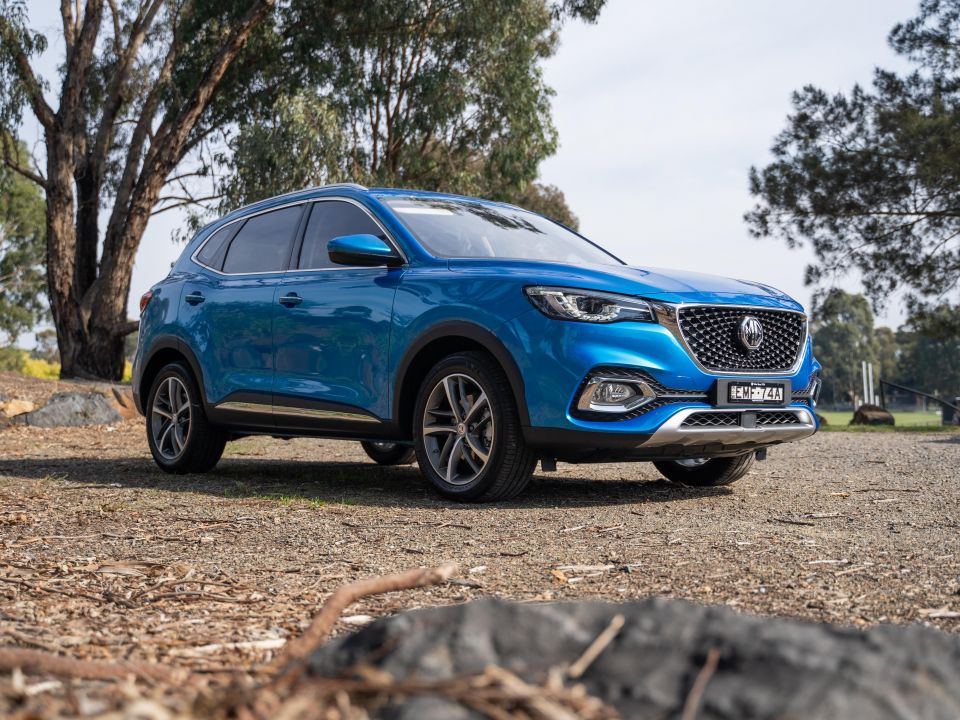
Finally, instead of relying on its sports-car past, Chinese ownership has led the brand to be far more future-oriented.
MG currently sells Australia’s cheapest new electric vehicle in the ZS EV, and is one of the few manufacturers currently offering a plug-in hybrid option in the medium SUV space with the Toyota RAV4-rivalling HS.
The firm has unveiled performance-oriented EVs with an intent to bringing them to mass production, such as the Cyberster, which could mark a spiritual return for the brand back to its sports car origins.
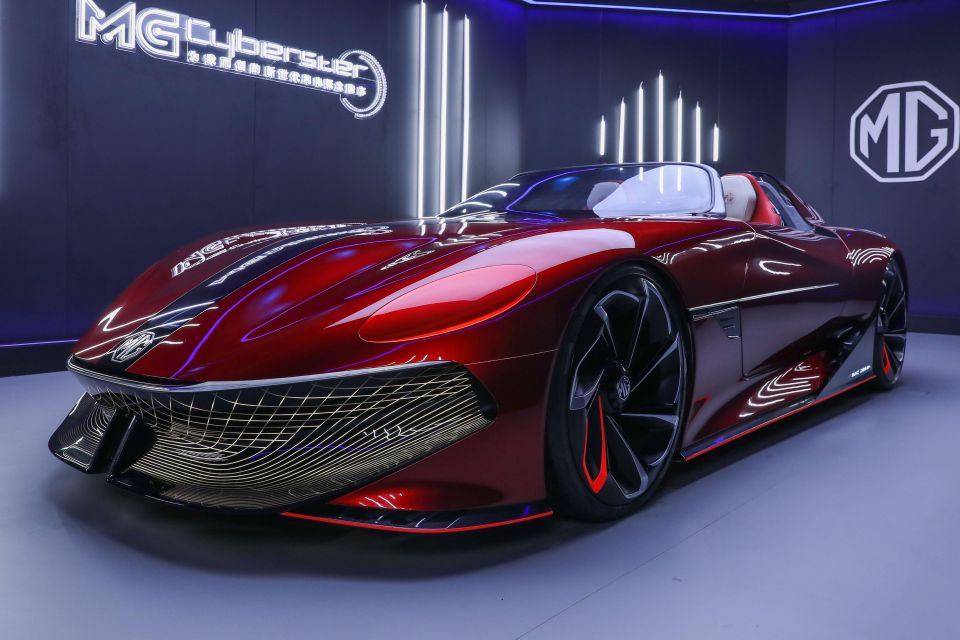
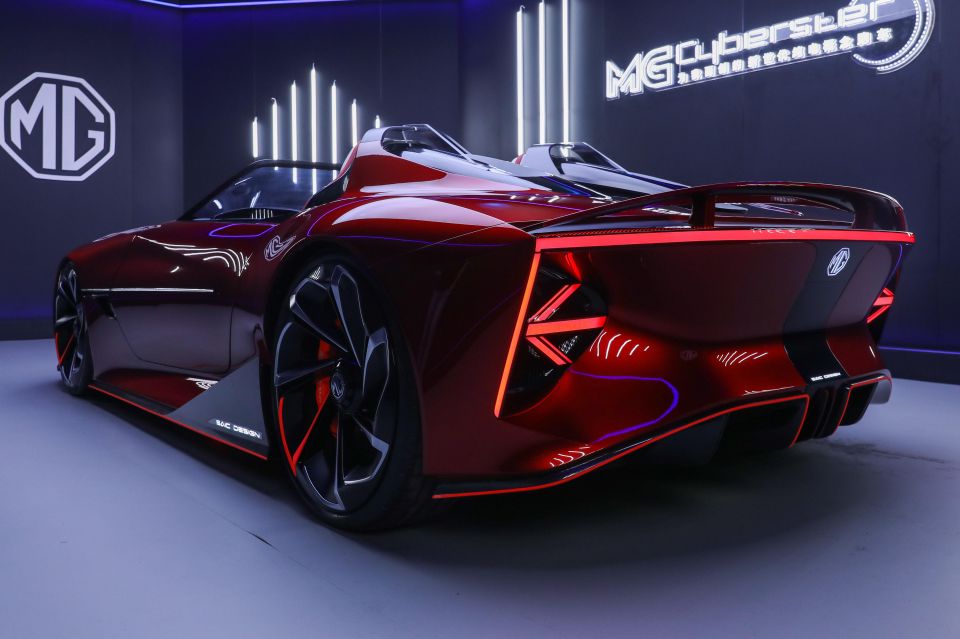
MG built more than just sports cars throughout its life. Which cars would you like to see profiled in a follow-up story?
Where expert car reviews meet expert car buying – CarExpert gives you trusted advice, personalised service and real savings on your next new car.


James Wong
4 Hours Ago
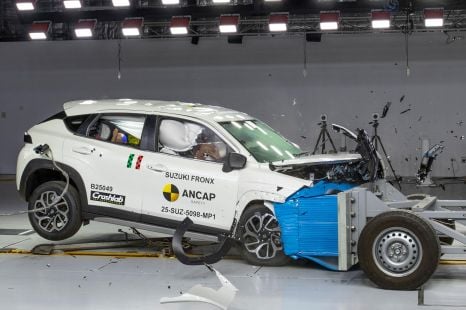

Damion Smy
13 Hours Ago
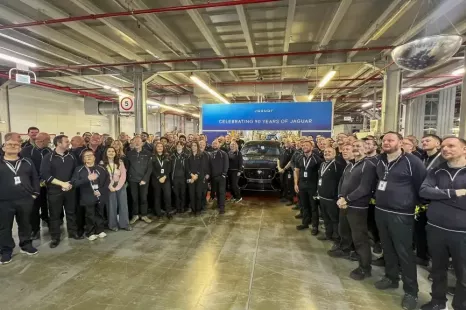

Damion Smy
16 Hours Ago
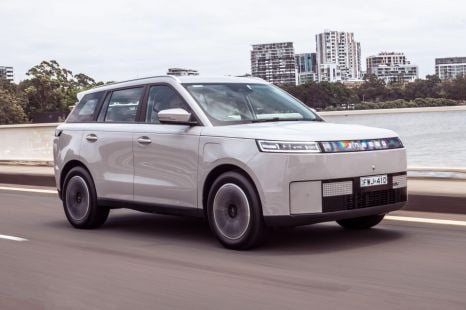

Josh Nevett
18 Hours Ago
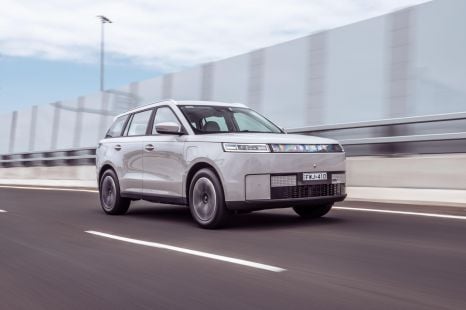

Josh Nevett
18 Hours Ago
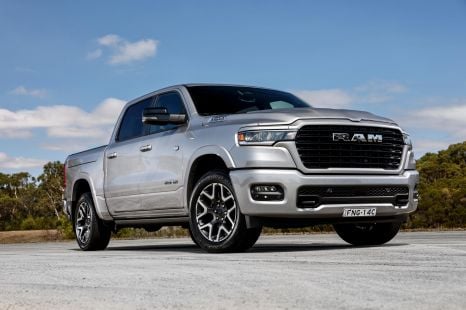

Damion Smy
19 Hours Ago